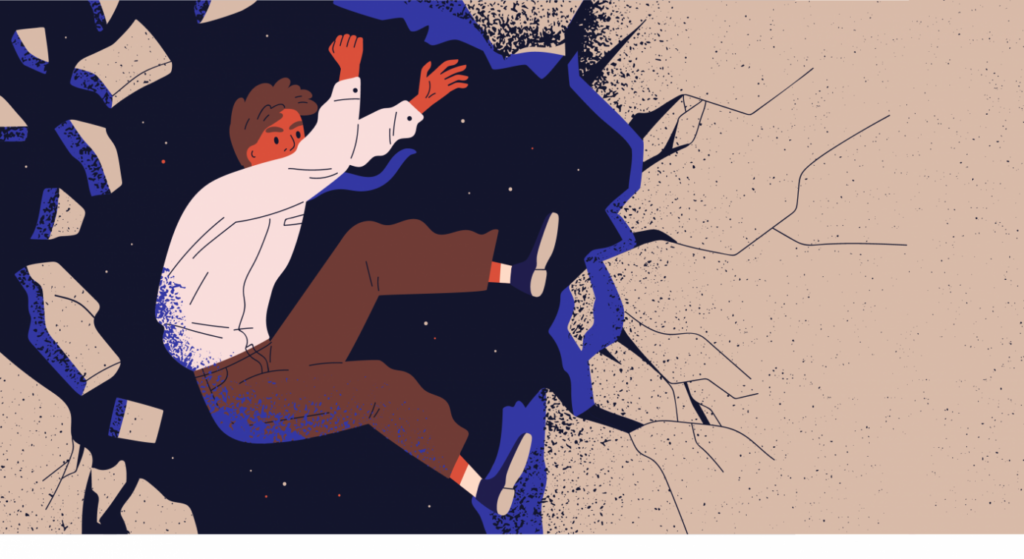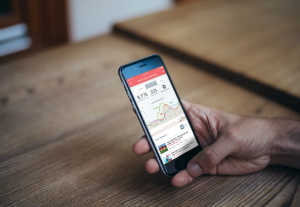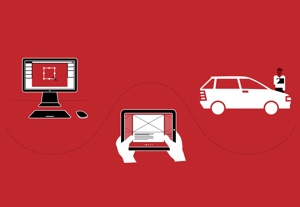- Employee Experience, Human factors, Onboarding, Psychology and Human Behavior, Wireframes
Employee JM allows to analyze all the touchpoints between the employee and the company, identify particular moments that matter, and transform them into the wow-moments.
Article by Dzhannet Kashurnikova
Employee Journey Mapping
- Human Resources Department turns to Employee Experience in many companies. There are reasons for it: employers should meet millennials’ expectations from work, employee experience is directly connected to that of the client, there is a correlation between employee involvement and efficiency, employee innovation potential can be unleashed by implementing an employee experience approach.
- 7 STEPS TOWARDS EFFICIENT EJM
-
- Identify your focus. CJM can be used in a particular area of interest within the HR framework or the whole trajectory of an employee in the company, including the employee’s “transition points” from one status to another.
-
- Identify your research audience and make a map of respondents. First, identify 2 types of respondents: stakeholders and users. Users can also be split into 2 categories: ideal user and extreme user.
-
- Make the interview-guide. Make your interview sound more like a conversation and do not turn it into an interrogation. Keep track of the purposes of the study and focuses of attention, but remember, that the questions do not necessarily have to appear in the predefined order.
-
- Conduct the interview. Dos: ask open questions, try to find the underlying cause, turn to the real experience of the person. Don’ts: merge several questions in one, ask hypothetical or projective questions, avoid pauses.
-
- Adapt the EJM template to your needs. Remember the four key components to your penalized EJM: actions performed by the person, the time required for action, the emotional response of the person, the person’s quotes.
-
- Analyze the results that you get. Things to pay attention to when working with the map: user experience gaps, time to take the steps, negative/positive remarks, and the emotional condition of the person.
-
- Regularly update EJM. It is a dynamic tool that will allow you to ‘feel your user’.
- EJM Tools. Pen and paper for quick jobs and notes. Excel (google spreadsheet) for teamwork, data processing, and analytics. Miro to visualize the map or present the results to the team.
Share:Employee Journey Mapping
Share this link
- January 19, 2021
7 min read







